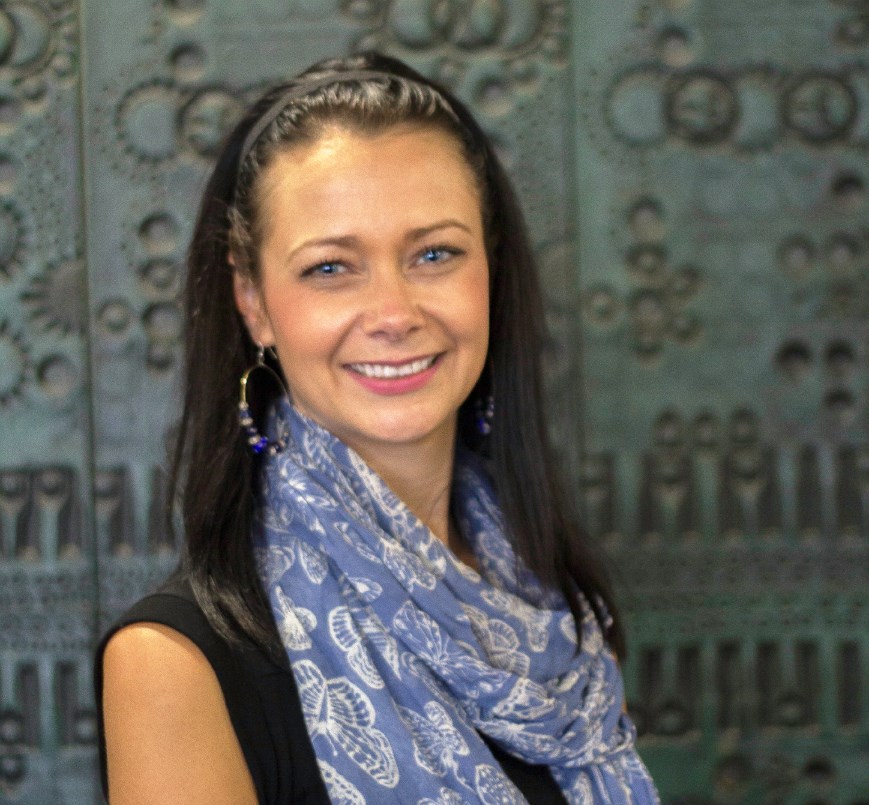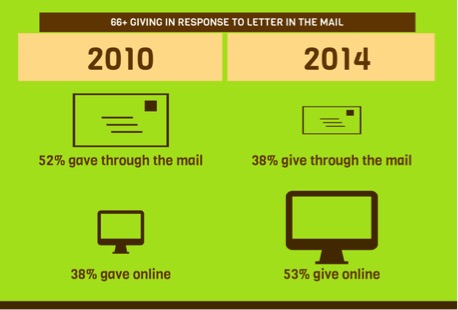- Home
- About Us
- The Team / Contact Us
- Books and Resources
- Privacy Policy
- Nonprofit Employer of Choice Award

 The nonprofit sector has a problem. Another one. Some might call it a leadership blind spot.
The nonprofit sector has a problem. Another one. Some might call it a leadership blind spot.
Digital literacy is an essential skill for all leaders in all sectors, including ours. It is now 2016. This is already the future. We live in an age where you can order food to your door with two taps on your smartphone. Where you can see in real time where your cab is, and when it’s going to arrive at your door. We can track flights so that we know the precise second our loved one lands at the airport. Retail stores can send you personalised messages in real time when you enter their stores based on your web browsing history on their site. We are connected 24/7 via something so small that it fits in our pockets. But many of us in the nonprofit sector are still apologising because our donation forms aren’t mobile optimized. That means they won’t work on a smart phone.
If you are a leader in your organization, you may be experiencing this blindspot. You can not delegate your staff to fix, you must confront it head on. You, as the leader, need to understand the challenges, the opportunities and most importantly the risks of lack of action. As a leader, it is your responsibility to remove the blinkers and take a deep dive into the digital revolution - your nonprofit depends on you.
In the first of this four part series, we’ll talk about the myths, legends, unicorns and ninjas. The leadership blind spot persists in the sector mainly because of these myths.
Myths
1. “Our audience is not online.”
93% of Canadians are online, and 87% of Americans are online. So unless your nonprofit donors are living above the 57th parallel in a fly-in community, or are some of the poorest people in North America, then chances are they are online.
Twenty million Canadians have at least one active social media account and spend an average of 2 hours and 4 minutes on social networking every day. Every day.[1]
2. “Yes, but our donors are traditional direct mail givers, this doesn’t apply to us”
The Pew Centre’s 2014 report indicated that 88% of 50-64 year olds are active online, and 57% of those are 65+. In addition, the Government of Canada reports that “Canadians aged 65 and older represent the fastest growing group of Internet users. Furthermore, among senior Internet users, approximately 70% go online every day.” Yes, 70% of people aged 65 and above who are online, are active every day.
Baby boomers are the web’s largest user base. Not millennials. According to this report, Baby Boomers are comfortable with online transactions, and are diving into the world of mobile connectivity head first.
And if that isn’t enough to convince you, this 2014 study reports that older donors are just as likely to give online as younger ones. The same study measured online verses DM giving and found that over the course of 2010 to 2014, DM giving percentages dropped, and online giving increased for people aged 66+. 
3. “We are on Facebook and Twitter, isn’t that enough?”
Nope. Have you looked at why you are on those platforms? Do you have any data that tells you that your core audience is active on these platforms? Are people talking about your cause on Twitter? Might there be a better platform to engage on?
Basically, assuming that your organization’s presence on the two “major” platforms means you are ‘doing social media’, is incorrect. Did you know that Instagram now has significantly more users than Twitter, and is now in fact the second most used social network?
It is time to challenge your assumptions!
4. “We are hiring a Digital Marketing Officer. Must be skilled in social media, SEO web development (HTML, Drupal, Ruby on Rails, CSS), database management (Raiser’s Edge), graphic design, fundraising, print marketing and public relations.”
Please stop this. These are all distinct skills. A SEO expert has years of experience in search engine optimization (not database management). An SEO expert is very unlikely to be able to devise and run sophisticated marketing and fundraising campaigns that compliment your direct mail. A talented graphic designer is worth their weight in gold. Why would that skill have anything to do with public relations? Check out some more “Stupid Nonprofit Job Descriptions” here.
We understand that you have a limited budget, but in asking for all of these skill sets in one person, you are seeking a Unicorn. What you will end up with, is someone who has a very basic knowledge of some of these things, and who is willing to read some blogs on the other stuff and “give it a go.” Invest correctly in the skills you need in-house, and outsource expertise in specific areas, like SEO.
Incorrect hiring is the NUMBER ONE issue of the digital leadership blind spot. After all, if you are digitally illiterate, how can you assess who is the correct person to take you forward? How can you ensure that an unscrupulous agency doesn’t take advantage of your ignorance? Hiring the wrong person or the wrong agency is a costly mistake.
In this series we'll discuss how to mitigate the harm to your nonprofit, explain terms you need to know to be digitally literate, and how to approach your digital activities more strategically.
Clare McDowall (that’s me!) is the owner of Socially Good, a digital communications and marketing firm based in Toronto, with a track record in working with nonprofits to improve their digital strategies. When Clare is not working on communications and marketing strategies, you’ll find her on the dance floor competing as a West Coast Swing dancer around North America. You can connect with Clare on Twitter at @Socially_Good.